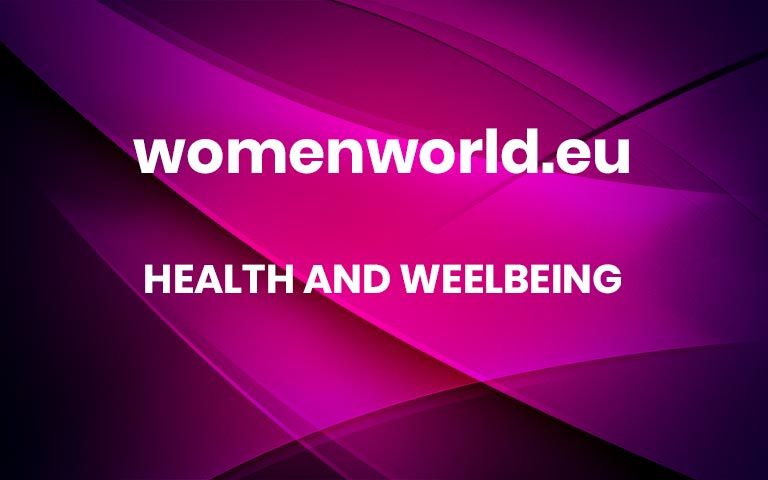Is Sex the New “It” Workout? Here’s What Experts Have to Say
Your heart is racing, you’re breathing hard, your quads are burning, and you can’t deny that familiar rush of endorphins. Steamy session between the sheets or killer sweat sesh at the gym? Let’s be real, how many times after you’ve worked for that big “O” has the thought, “That’s got to have burned at least 100 calories!” crossed your mind? If you’re wondering if you can kill two birds with one stone (sexercise is a thing, right?), you’re not alone. A recent survey from sexual wellness brand Lovehoney revealed that as many as 71% of Americans are classing their bedroom antics as a workout, and one in 10 are even going to the extent of tracking how many calories they burn.
So can a big “O” really replace our gym membership? I tapped into the expertise of sex educators and coaches to get the lowdown. Ahead, the perks of getting horizontal, whether or not sex counts as exercise, and the best positions to get the most bang (see what I did there?) for your buck.
What are the health benefits of having sex?
As if you needed more reason to beeline to the bedroom, having sex is an all-around winner for your well-being. Pippa Murphy, a sex and relationship expert at condoms.uk, revealed all: “A healthy sex life is a key component of a happy and healthy life,” she explained. “Sex releases endorphins, which are feel-good hormones that help us relax and unwind. It also burns calories and improves circulation, which can help prevent heart disease.”
But it doesn’t stop there. There’s no mistaking your increased heart rate and blood pressure during sexual activity. It turns out, it’s working for us in more ways than one. “Sex requires more oxygen than other forms of exercise, meaning you’re breathing harder for longer,” Murphy stated. “And because your heart rate increases during sex, it’s good for your cardiovascular system—keeping your heart strong and improving blood flow throughout your body.” And yes, that includes solo sex. Still not convinced? Having sex can also reduce stress and anxiety, boost immunity, and help you get better Zzzs. Samantha Jones was onto something…
So does sex count as exercise?
If you had the choice between running on the treadmill and getting it on, my guess would be you’d choose the latter (same). Well, I’ve got good and bad news for you: A 2013 study found that getting sexy had less caloric expenditure than jogging, but more than walking. In other words, you are likely getting mild-moderate exercise. So does it count as a full workout? After polling the experts, the answer is basically yes and no.
“It depends on what benefits you’re looking for,” explained Dr. Catherine Dukes, a sex therapist and educator at The Center for Connection & Desire LLC. “If you are looking to build muscle or improve cardiovascular ability, then sex isn’t enough to replace a workout. But if you’re looking to make sure you’re physically active each day and take care of your body in ways that keep you active, connected, reduce overall stress in your life, help you stop and be mindful, then YES, sex can absolutely be the best workout.” Certified sex educator, Senna Miller, agreed that it’s not enough to replace your gym time. “You may get hot and sweaty, but sex doesn’t replace a solid workout,” she said. “It’s still good for you. Just…not as a full workout.”
Bottom line: Sex shouldn’t be your primary form of exercise, but if you’re looking for an excuse to have more sex, by all means. After all, “exercise” doesn’t have to mean a 60-minute class or sweat session at the gym; our bodies are just meant to live less sedentarily. If you mix it in with regular walking, working your muscles, and stretching, sex can absolutely be a beneficial part of an active lifestyle; it just shouldn’t be your only form of activity.
What sex positions are most like a workout?
Let’s be clear: The most important reason to have sex is for your own pleasure. Period. But the fact that sex can make you feel good and give you health benefits should just give you more reason to get in the bedroom. So let’s get physical: What sex positions have been found to be the most physically demanding? According to Lovehoney, Doggy Style, Reverse Cowgirl, or Standing Up are some positions that could make you feel pleasure while boosting the fitness benefits.
To try these pleasure-inducing and health-boosting positions at home, certified sex educator Javay Frye-Nekrasova (MEd) recommends some prep work to maximize the benefits (and pleasure), like stretching out wrists for Doggy Style or adding leg workouts into your regimen to work up more strength and endurance for Reverse Cowgirl. To try standing up, add a pillow for comfort against a wall or use a table or chair for support. “For a more physical challenge, try a standing position where one person has their legs wrapped around the person standing,” Miller suggested. “It may cause some laughs, but it will also add some physical work to the session.”
PSA: Tapping Into Your Cycle Can Help You Have Better Sex More



